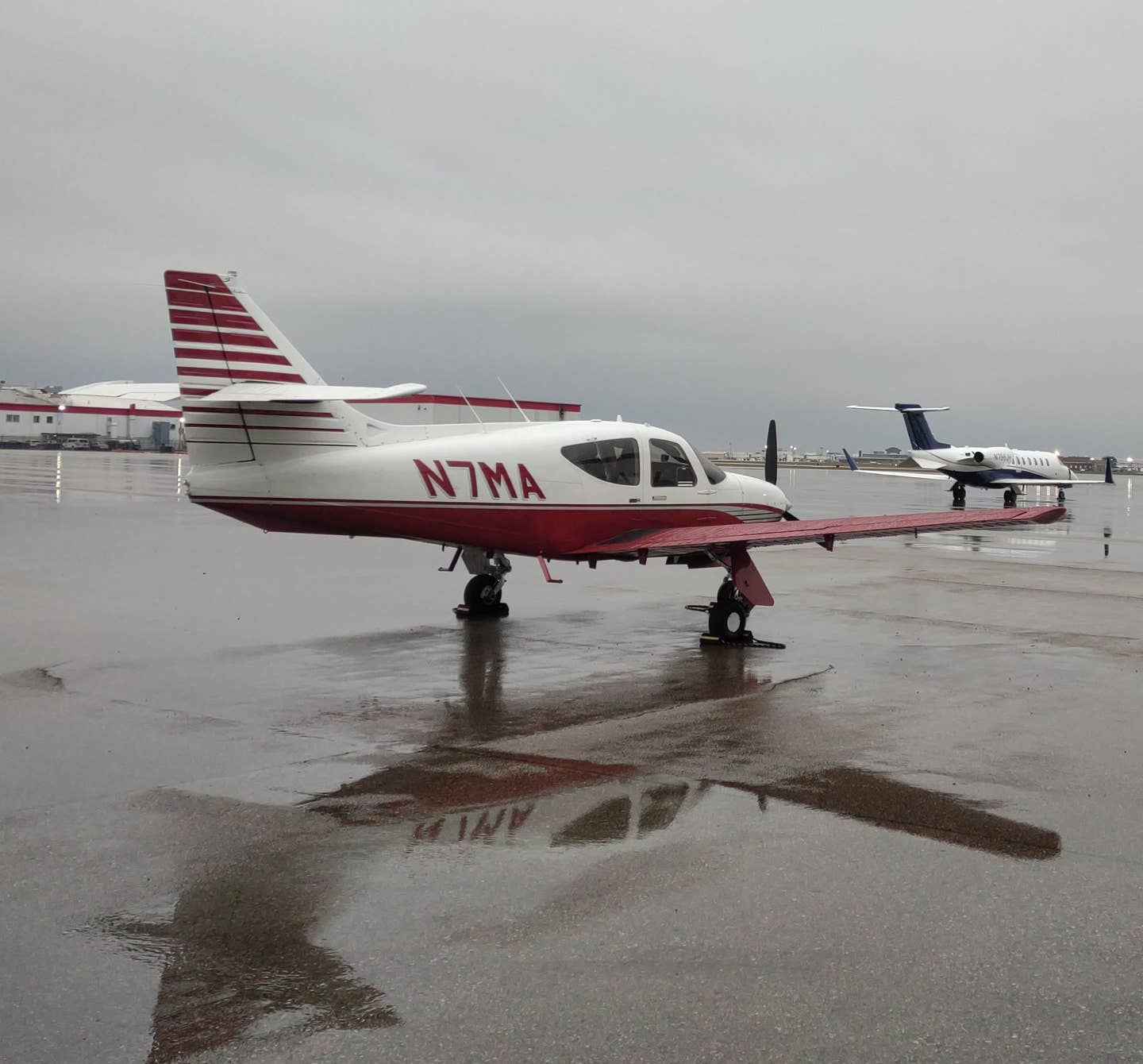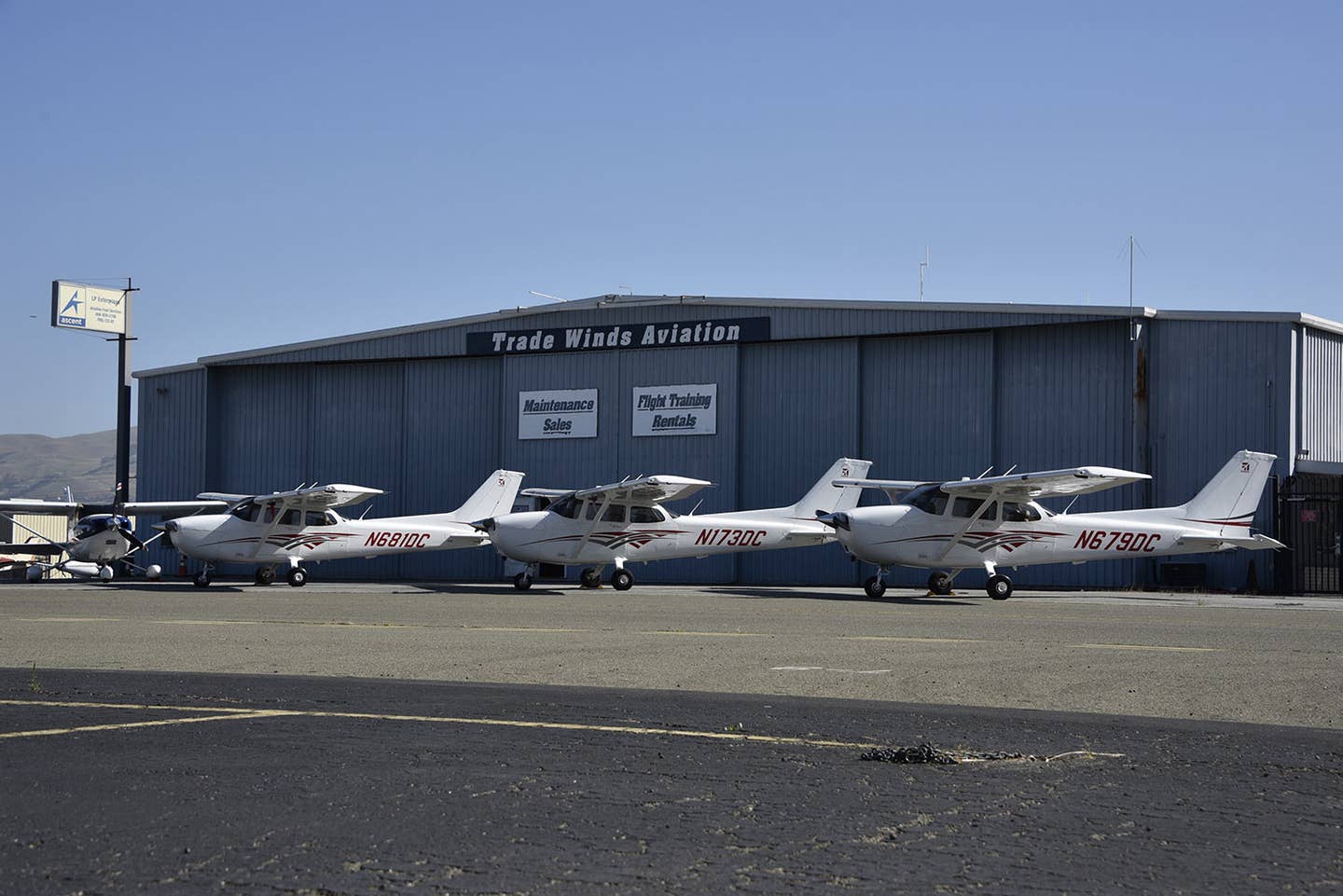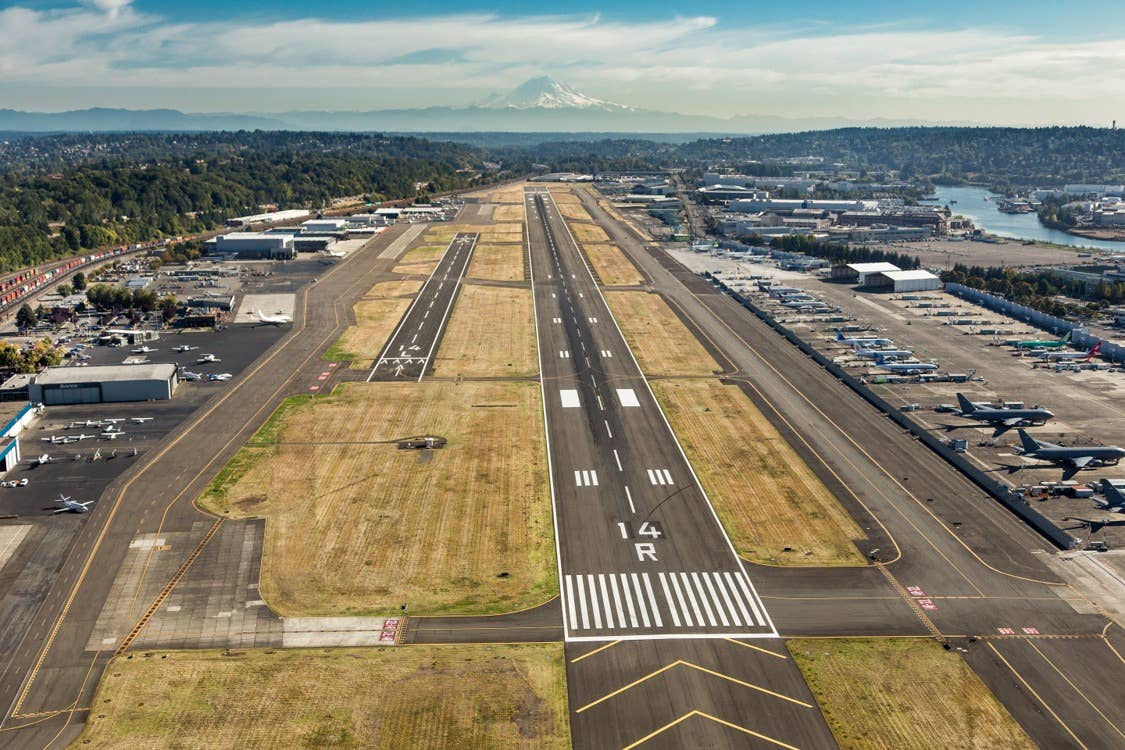Instrument Rating Can Expand Your Travel Horizons
Scrubbed missions convince a pilot to pursue an instrument rating.

With an instrument rating I would not have been stranded by the low overcast. [Credit: Jonathan Welsh]
Ever since the day I received my private pilot certificate, my instructor has been on my case to train for an instrument rating. If you are serious about traveling in a small aircraft, he always says, you need to be instrument rated.
For years I did not think much about his advice because most of my flying consisted of short hops in fair weather with no pressing need to reach a particular destination. After we bought our own aircraft late last year, though, I quickly came to understand the appeal of instrument flying. Now there are places my family and I want to go, and the airplane is the ideal transport—as long as the clouds are not too low, the morning fog has lifted, and the smoke from recent wildfires in Canada is not too thick.
There are so many things that can scrub a VFR mission, especially as we begin to fly longer distances. When we were taking the club’s Cessna 172 on 50 nm jaunts for breakfast or lunch, we were not too worried about the weather shifting as we traveled. A lot can change over 300 to 500 nm, though, and I have had to postpone numerous trips lately because of forbidding weather at our destination or at some point along the way.
Being able to fly through a low overcast would solve many of my problems, and my airplane is particularly well-equipped for instrument flight. I am beginning to feel like a slacker for not at least trying to match my aircraft’s capabilities.
When my wife and I bought our Commander 114B, we agreed I would begin instrument training as soon as possible, so, yes, I have already waited too long. Still, there is a positive result from my delay. In our nearly seven months of ownership, I have seen firsthand how easily weather can affect our flying plans. I often wind up driving for 10 hours, looking at my kids’ disappointed faces in the rearview mirror, when the airplane could have made the trip in two hours while giving us a sweeping view of traffic-choked highways.
Over time I have transitioned from dreading instrument training to wanting it badly. It helps to know what you are missing. Clearly there will still be delays and cancellations even after I am rated to fly “in the soup,” but they will happen far less often. My family and I will have more freedom to make our own schedules and stretch out toward more distant destinations.
I recently recalled a scene from Mad Men in which main character Don Draper and pilot colleague Ted Chaough fly to a critical meeting in bad weather with Ted at the controls of his own airplane. The usually cool Don is clearly rattled by the experience while Ted pushes on through dark clouds and heavy rain. This was a high point for Ted, who confidently ended the scene with priceless comments about instrument flying.
For me there were few likable characters in Mad Men, but for just that moment I wanted to be Ted.

Sign-up for newsletters & special offers!
Get the latest FLYING stories & special offers delivered directly to your inbox






